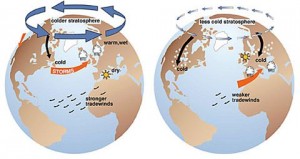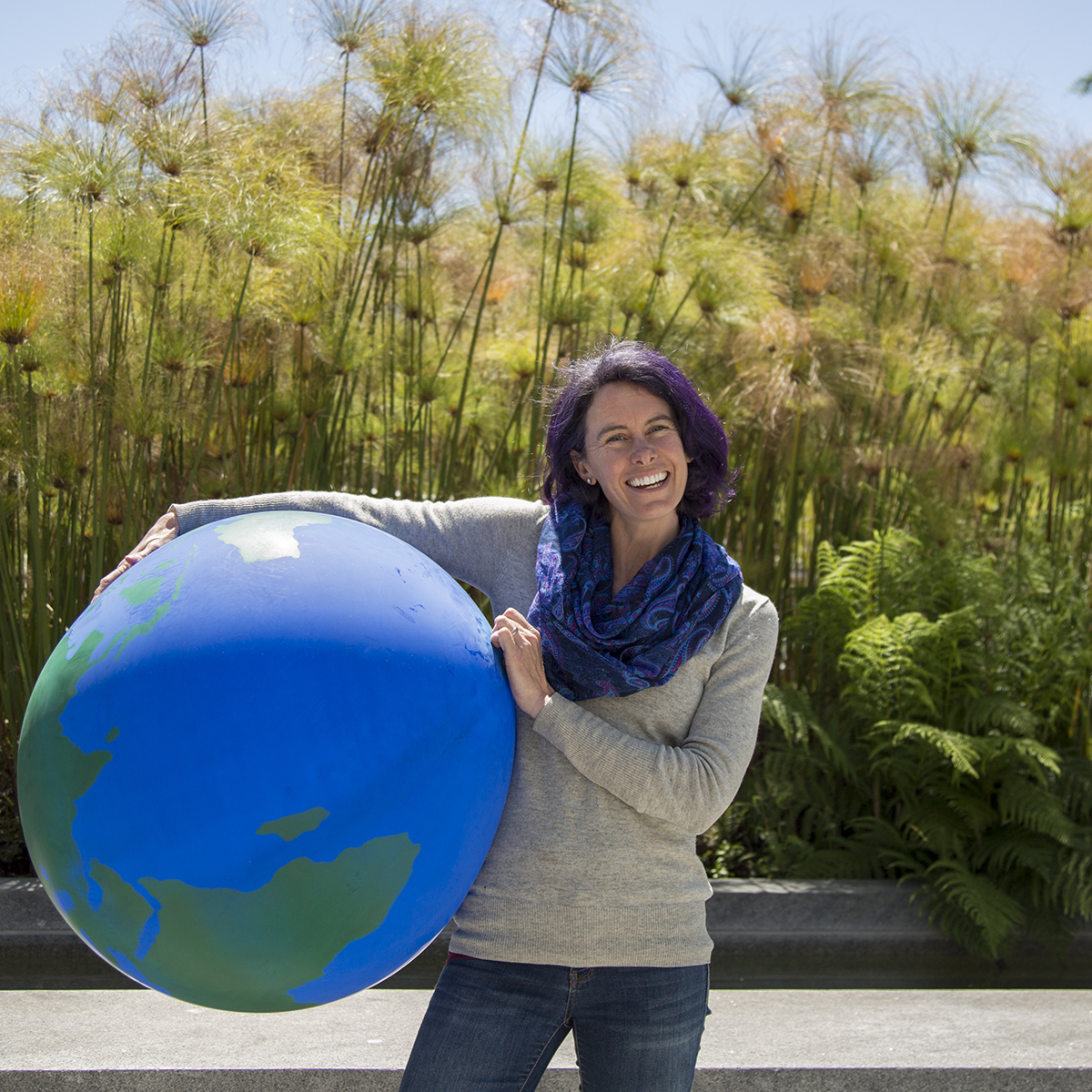Where’s All My Snow?
Rebecca Anderson
|February 28, 2012

I live in Truckee, CA, at about 6000 feet in the Sierras, a part of the country known for getting hit with a lot of snow.
As I write, however, the snowpack depth in my backyard is precisely 0 feet 0 inches. Higher up in the mountains, it’s more like 2 feet. In terms of overall water stored in the snowpack, that’s about 30% of normal.
On top of that, I love to ski, as do most people who live in Truckee. This year, people are freaking out about our lack of snow. At first it was a joke, but then as weeks stretch into months, the possibility of snow has become a taboo subject. “Something looks possible this weekend,” said one fellow skier to me last week, “but I didn’t tell you that.” ‘Nope,” I said. “I didn’t hear a thing.”
People who work for the ski resorts are being cut down to part-time or being let go entirely. Business at the resorts was down 40-50% over the Christmas holiday, according to the California Ski Industry Association. What is going on?
To make matters worse, we are mocked by the record snowfall Tahoe had last winter – a grand total of over 800 inches by the end of the season. People skied all through the summer. Look out at the mountains now and many of the south-facing slopes are bone dry.
It’s not just Tahoe that’s suffering, although we do take the cake for worst snow in the West. Lack of snow across the Northeast has resulted in less than half the number of skiers that came to some resorts last year and business has dropped by up to 38%.
Is climate change to blame here or not?
Yes and no. Yes, it’s part of the picture, because climate change is how our world is now. So it’s in the mix. The question that’s hard to answer is how much of a factor it is. The Tahoe area is at 45% of normal in terms of how much precipitation we’ve gotten, but the amount of water in the snowpack is only at 30% of normal. Why the difference? One reason is that more precipitation has come as rain instead of snow. More rain and less snow are expected in the future from climate change. But is this already a factor this season? Again, the question is more about relative responsibility than just yes or no. My best guess is yes, climate change is a factor, but not necessarily the biggest one right now.
This winter, when casting blame for the lack of snow, we have to point one finger toward a phenomenon called the Arctic Oscillation. (Dunh, dunh, DUNH…)
The Arctic Oscillation, or AO for short, refers to how tightly the upper-level polar winds circle around the North Pole. (Check out the diagram below.) In the positive phase of the AO, the winds circle tightly around the Arctic, keeping cold air locked inside this vortex. In the negative phase, this vortex is weaker, allowing the cold Arctic air to escape further south, brining with it big, cold snowstorms. Remember Snowmaggedon back in 2010? That was negative AO at its best (or worst).
This year, to our detriment, the AO has been stuck in its positive phase, keeping the U.S. relatively warm and snow-free. (Alaska, though, has been getting hammered as a result.)
So, is this Arctic Oscillation related at all to climate change? In the 1990s, we experienced a long string of positive phases of the AO, but since 2000 the trend has been more to a negative AO. No real trend there. However, most climate models predict more positive AOs (like this winter) in the future. The IPCC hypothesizes that this could be because a warmer lower atmosphere and a cooler upper atmosphere, both products of human-produced greenhouse gases, cause the polar vortex to strengthen. Stronger polar winds mean cold Arctic air stays up north. That equals more bad snow conditions for the U.S. even without the influence of a warmer planet.
Is this really what we’re seeing this winter, though? How I wish I could answer that question with a straight-up yes or no. Any other answer just doesn’t seem to cut it. Give me 10 years or so and I’ll get back to you. Until then, pray for snow. Or, better yet, tackle climate change.
Join our Youth Action Network
More Blog Posts

Our Climate Wins Were on Display at the State of the Union
Today, the Biden Administration temporarily halted all pending decisions on 17 Liquefied “Natural” Gas (LNG) projects across the Gulf South.
Read More
ACE Honored As An Anthem Awards Finalist
Action for the Climate Emergency (ACE) announced today that it won Bronze in Best Use of AI at the 3rd …
Read More
BREAKING: Biden Halts LNG Export Expansion
Today, the Biden Administration temporarily halted all pending decisions on 17 Liquefied “Natural” Gas (LNG) projects across the Gulf South.
Read More
